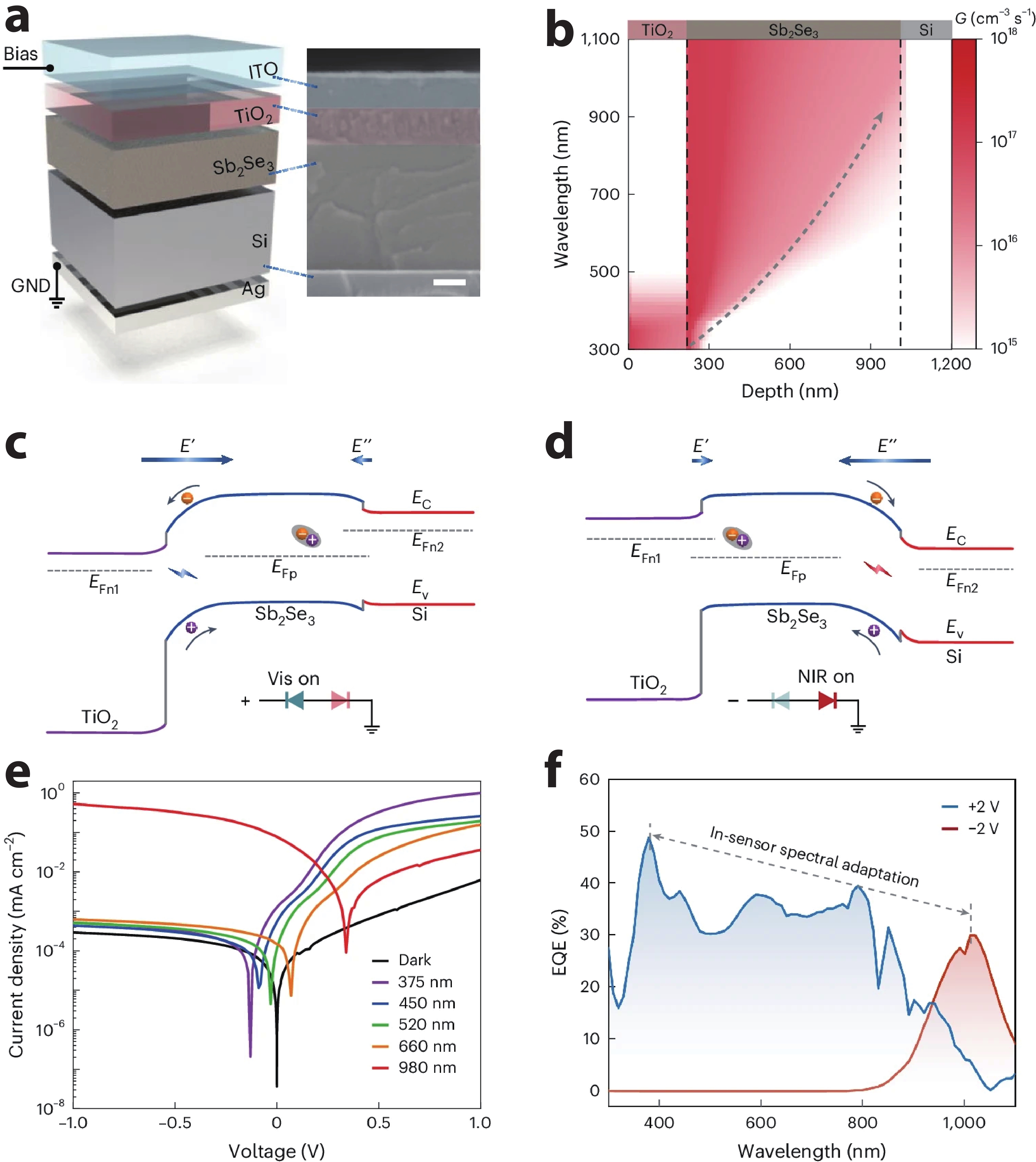| Citation: |
Youyou Bao, Yuhan Zhao, Daixuan Wu, He Tian. Bio-inspired spectral adaptive visual devices: A new paradigm for structure-defined functionality[J]. Journal of Semiconductors, 2025, 46(9): 090401. doi: 10.1088/1674-4926/25080014
****
Y Y Bao, Y H Zhao, D X Wu, and H Tian, Bio-inspired spectral adaptive visual devices: A new paradigm for structure-defined functionality[J]. J. Semicond., 2025, 46(9), 090401 doi: 10.1088/1674-4926/25080014
|
Bio-inspired spectral adaptive visual devices: A new paradigm for structure-defined functionality
DOI: 10.1088/1674-4926/25080014
CSTR: 32376.14.1674-4926.25080014
More Information-
References
[1] Zhao Z T, Yang Q, Li R N, et al. A comprehensive review on the evolution of bio-inspired sensors from aquatic creatures. Cell Rep Phys Sci, 2024, 5(7), 102064 doi: 10.1016/j.xcrp.2024.102064[2] Ouyang B S, Wang J L, Zeng G, et al. Bioinspired in-sensor spectral adaptation for perceiving spectrally distinctive features. Nat Electron, 2024, 7, 705 doi: 10.1038/s41928-024-01208-x[3] Lv C Z, Zhang F Q, Li C Y, et al. Low-dimensional optoelectronic synaptic devices for neuromorphic vision sensors. Mater Futures, 2023, 2(3), 032301 doi: 10.1088/2752-5724/acda4d[4] Chen J W, Zhou Z, Kim B J, et al. Optoelectronic graded neurons for bioinspired in-sensor motion perception. Nat Nanotechnol, 2023, 18(8), 882 doi: 10.1038/s41565-023-01379-2[5] Shen L F, Hu L X, Kang F W, et al. Optoelectronic neuromorphic devices and their applications. Acta Phys Sin, 2022, 71(14), 148505 doi: 10.7498/aps.71.20220111[6] Zhou Y, Fu J W, Chen Z R, et al. Computational event-driven vision sensors for in-sensor spiking neural networks. Nat Electron, 2023, 6, 870 doi: 10.1038/s41928-023-01055-2[7] Xu K, Li Q, Lu Y, et al. Laser direct writing of flexible thermal flow sensors. Nano Letters, 2023, 23(22), 10317 doi: 10.1021/acs.nanolett.3c02891 -
Proportional views

§Youyou Bao and Yuhan Zhao contributed equally to this work and should be considered as co-first authors.




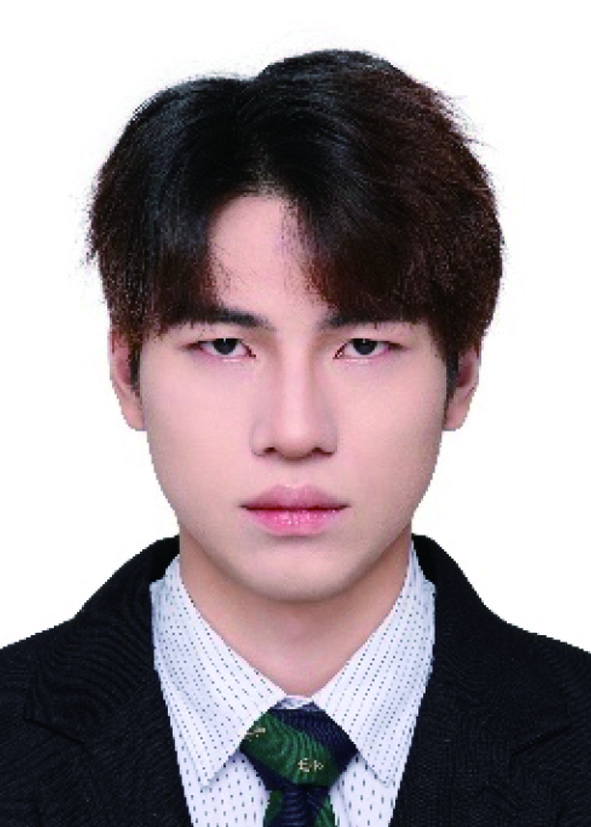 Youyou Bao obtained his dual B.E. degrees in Mechanical Engineering Technology from Wayne State University and in Mechanical Design, Manufacturing and Automation from Ningbo University of Technology. He is currently pursuing a master’s degree in Future Manufacturing and Nanoscale Engineering at University College London. His research mainly focuses on bio-inspired engineering design and intelligent manufacturing systems.
Youyou Bao obtained his dual B.E. degrees in Mechanical Engineering Technology from Wayne State University and in Mechanical Design, Manufacturing and Automation from Ningbo University of Technology. He is currently pursuing a master’s degree in Future Manufacturing and Nanoscale Engineering at University College London. His research mainly focuses on bio-inspired engineering design and intelligent manufacturing systems.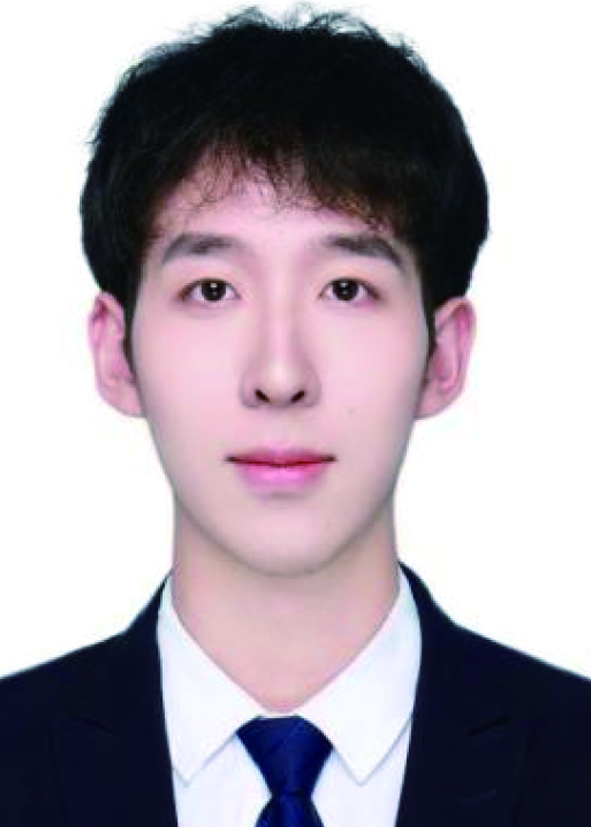 Yuhan Zhao obtained his B.E. degree in Electronic and Information Engineering from Hunan University. Subsequently, he joined Professor He Tian’s group at Tsinghua University and is currently pursuing a Ph.D. in Integrated Circuit Science and Engineering. His research mainly focuses on flexible sensing and neuromorphic perception and computing.
Yuhan Zhao obtained his B.E. degree in Electronic and Information Engineering from Hunan University. Subsequently, he joined Professor He Tian’s group at Tsinghua University and is currently pursuing a Ph.D. in Integrated Circuit Science and Engineering. His research mainly focuses on flexible sensing and neuromorphic perception and computing.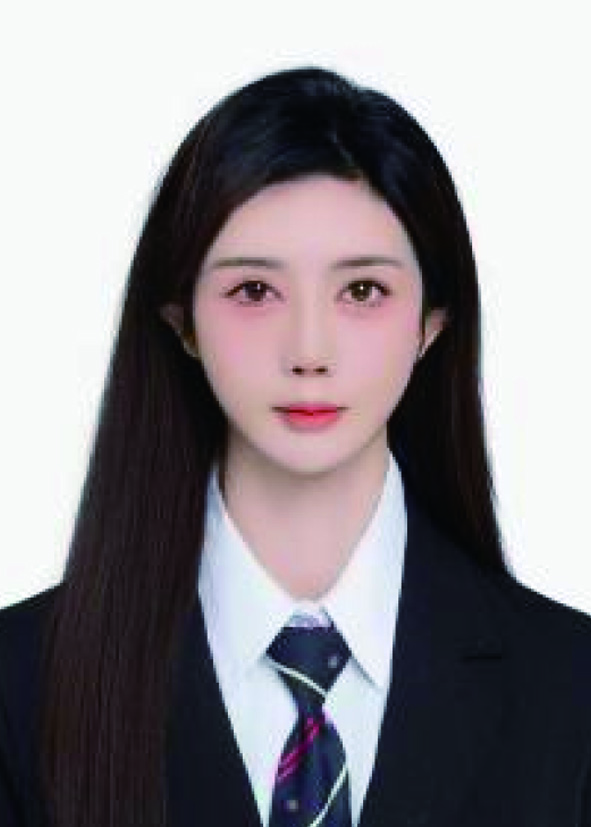 Daixuan Wu, Ph.D. in Engineering from the University of Pennsylvania, previously served as the Chief Engineer at AVIC gyroscope (Xi'an) Optoelectronic Technology Co., Ltd, and is currently a researcher at School of Integrated Circuits, Tsinghua University. She holds positions as a Master's supervisor at Xi'an Jiaotong University and a Ph.D. supervisor at Xiamen University. She has long been engaged in the research of MEMS sensors and low-dimensional materials. Dr. Wu has participated in the design of over 40 different models, covering fields such as aviation, aerospace, weaponry, and naval engineering.
Daixuan Wu, Ph.D. in Engineering from the University of Pennsylvania, previously served as the Chief Engineer at AVIC gyroscope (Xi'an) Optoelectronic Technology Co., Ltd, and is currently a researcher at School of Integrated Circuits, Tsinghua University. She holds positions as a Master's supervisor at Xi'an Jiaotong University and a Ph.D. supervisor at Xiamen University. She has long been engaged in the research of MEMS sensors and low-dimensional materials. Dr. Wu has participated in the design of over 40 different models, covering fields such as aviation, aerospace, weaponry, and naval engineering.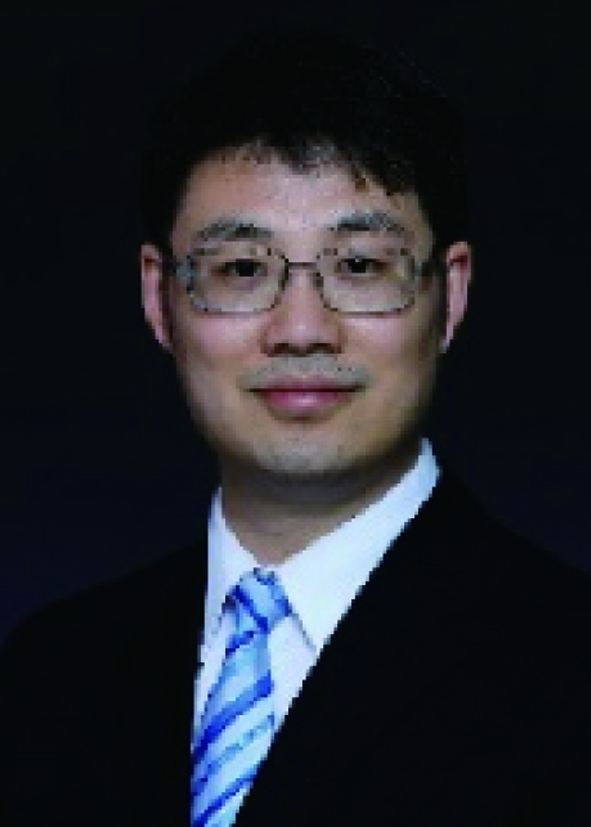 He Tian received his Ph.D. degree from the Institute of Microelectronics, Tsinghua University in 2015. He is currently a Tenured Associate Professor and Deputy Director at Institute of Integrated Electronics, School of Integrated Circuits, Tsinghua University. He is the recipient of the National High-level Leading Talents, National Outstanding Youth Foundation and Highly Cited Scholar in Web of Science 2024. His current research interest includes various 2D material-based devices with more than 250 publications and more than 10 000 times citations.
He Tian received his Ph.D. degree from the Institute of Microelectronics, Tsinghua University in 2015. He is currently a Tenured Associate Professor and Deputy Director at Institute of Integrated Electronics, School of Integrated Circuits, Tsinghua University. He is the recipient of the National High-level Leading Talents, National Outstanding Youth Foundation and Highly Cited Scholar in Web of Science 2024. His current research interest includes various 2D material-based devices with more than 250 publications and more than 10 000 times citations.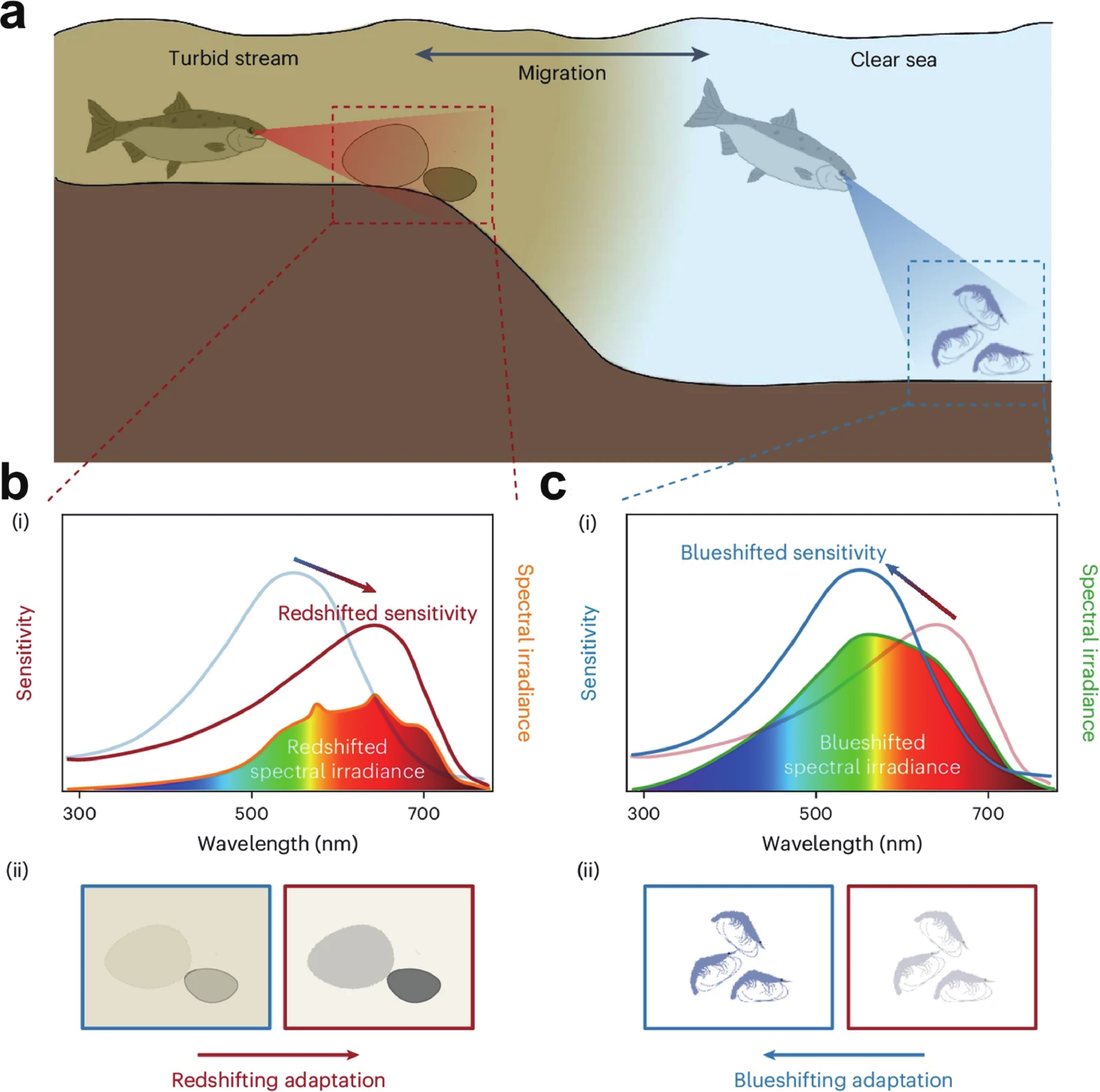
 DownLoad:
DownLoad:
